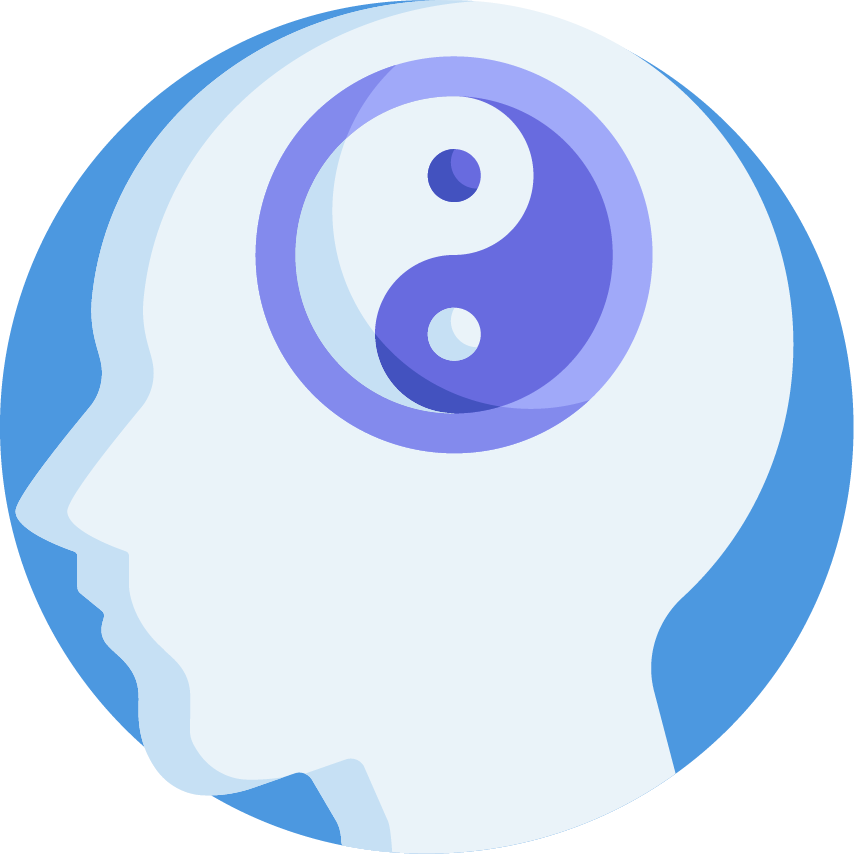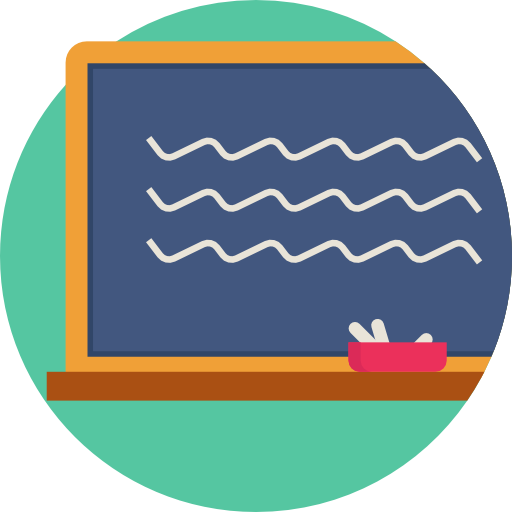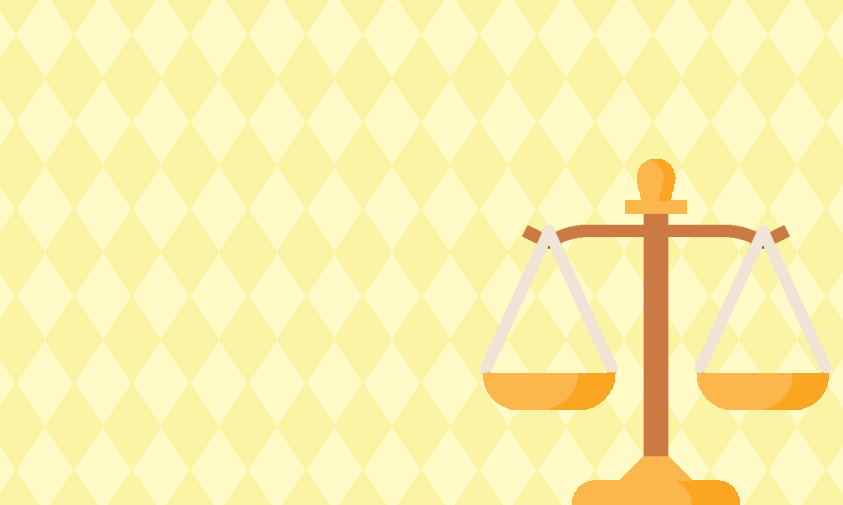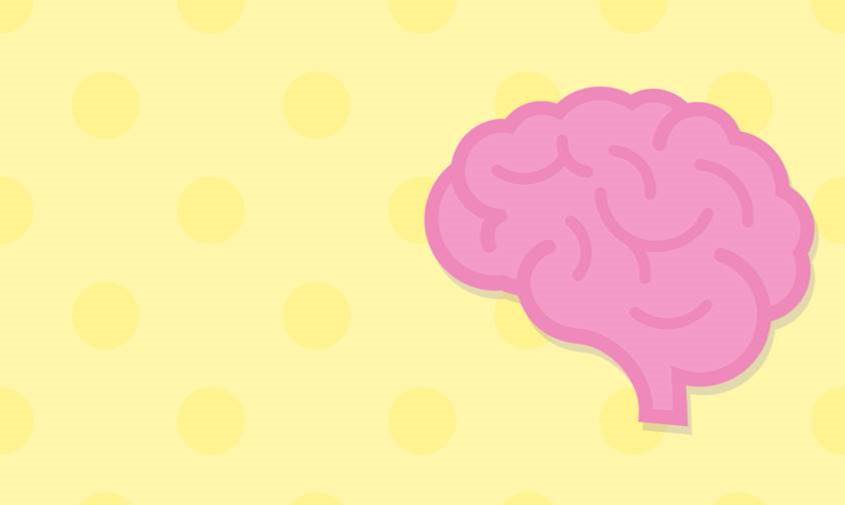Mind Body Connection



- Our mind and body is connected to each other,
- Our mind and body both impact our wellbeing,
- What we eat impacts our wellbeing,
- How much we sleep impacts our wellbeing,
- How active we are impacts our wellbeing,
- Our body has multiple nervous systems that transport messages from our brain to the rest of our body,
- Our bodies have a fight, flight, freeze response to fear to keep us safe,
- Our bodies feel best and are at their healthiest when our nervous systems are balanced.
- There are a range of strategies we can use to balance our nervous system
- Eating, sleeping and moving are key to wellbeing.
- For optimal health people need a balanced nervous system.
- There are a range of strategies that can be used to assist balancing the nervous system (different strategies will suit different people).
 Intuitively we know that if we eat well, sleep enough and exercise, we feel better and function better day to day. Research supports our intuitions, see the information section for eating, sleeping and moving, for a brief snapshot of key messages from research.
Intuitively we know that if we eat well, sleep enough and exercise, we feel better and function better day to day. Research supports our intuitions, see the information section for eating, sleeping and moving, for a brief snapshot of key messages from research.
 Our nervous system is made up of the Central Nervous System (CNS), which includes the brain and the spinal cord. The peripheral nervous system (PNS), which is involved in both voluntary movement and involuntary movement. Involuntary action involves the sympathetic nervous system connected to the Fight, Flight, Freeze response. Involuntary action also involves the parasympathetic nervous system which is connected to the feed and breed, rest and digest activity in our body. All the parts of our Nervous System have important roles in our survival.
Our nervous system is made up of the Central Nervous System (CNS), which includes the brain and the spinal cord. The peripheral nervous system (PNS), which is involved in both voluntary movement and involuntary movement. Involuntary action involves the sympathetic nervous system connected to the Fight, Flight, Freeze response. Involuntary action also involves the parasympathetic nervous system which is connected to the feed and breed, rest and digest activity in our body. All the parts of our Nervous System have important roles in our survival.
 Our body is highly responsive to our emotions. When we are stressed our heart rate goes up, we may sweat, our pupils may dilate?
Our body is highly responsive to our emotions. When we are stressed our heart rate goes up, we may sweat, our pupils may dilate?
We want our body to be able to respond to threats quickly for our survival, for example: jumping quickly out of the way of a car, running away from a vicious dog. In this instance the fight, flight, freeze response is activated.
At other times our body is relaxed and the rest, digest and repair functions are activated.
Our bodies are most healthy when the sympathetic and parasympathetic parts of the autonomic nervous system are in balance.
 The mind is connected to the body by the central nervous system and the peripheral nervous system.
The mind is connected to the body by the central nervous system and the peripheral nervous system.
The central nervous system includes the brain and the spinal cord.
The peripheral nervous system includes:
- the somatic system that controls voluntary movement, and
- the autonomic nervous system that controls involuntary bodily functions.
Draw a sketch of what you think this might look like inside our bodies.
 The somatic nervous system controls voluntary movement. What are some examples of the somatic nervous system in action? Discuss with a friend.
The somatic nervous system controls voluntary movement. What are some examples of the somatic nervous system in action? Discuss with a friend.
Animals experience fight, flight, freeze too.
 The autonomic nervous system (for involuntary bodily functions) has two branches, including the sympathetic and parasympathetic nervous systems. The sympathetic nervous system is responsible for fight, flight, and freeze. Think about the fight, flight, freeze response. What do you see? What do you think? What does it make you wonder?
The autonomic nervous system (for involuntary bodily functions) has two branches, including the sympathetic and parasympathetic nervous systems. The sympathetic nervous system is responsible for fight, flight, and freeze. Think about the fight, flight, freeze response. What do you see? What do you think? What does it make you wonder?
The See, Think, Wonder thinking routine was developed by Project Zero, a research center at the Harvard Graduate School of Education.
 The parasympathetic nervous system is responsible for rest, digest and repair functions.
The parasympathetic nervous system is responsible for rest, digest and repair functions.
What does this mean? Claim, Support or Question here:
Make a claim about the topic Claim: An explanation or interpretation of some aspect of the topic.
Identify support for your claim Support: Things you see, feel, and know that support your claim.
Ask a question related to your claim Question: What’s left hanging? What isn’t explained? What new reasons does your claim raise?
The Claim, Support, Question thinking routine was developed by Project Zero, a research center at the Harvard Graduate School of Education.
There are body based strategies and mind based strategies to help calm and balance your nervous system, and different approaches work for different people – what works for you?

